In our latest feature, we explore the future of gene editing and the challenges we must overcome to harness its full potential.
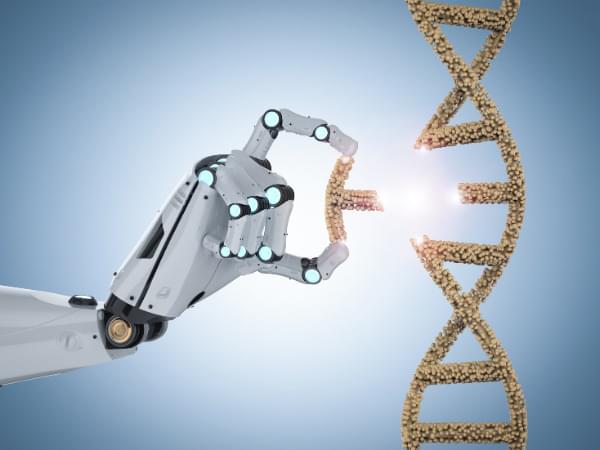


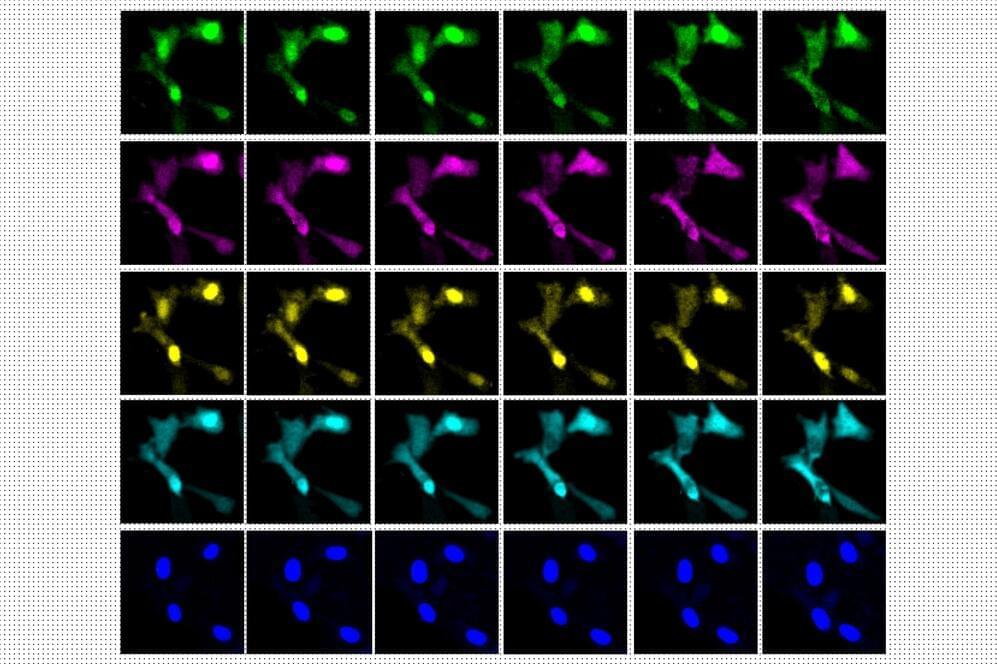
Living cells are bombarded with many kinds of incoming molecular signal that influence their behavior. Being able to measure those signals and how cells respond to them through downstream molecular signaling networks could help scientists learn much more about how cells work, including what happens as they age or become diseased.
Right now, this kind of comprehensive study is not possible because current techniques for imaging cells are limited to just a handful of different molecule types within a cell at one time. However, MIT researchers have developed an alternative method that allows them to observe up to seven different molecules at a time, and potentially even more than that.
“There are many examples in biology where an event triggers a long downstream cascade of events, which then causes a specific cellular function,” says Edward Boyden, the Y. Eva Tan Professor in Neurotechnology. “How does that occur? It’s arguably one of the fundamental problems of biology, and so we wondered, could you simply watch it happen?”
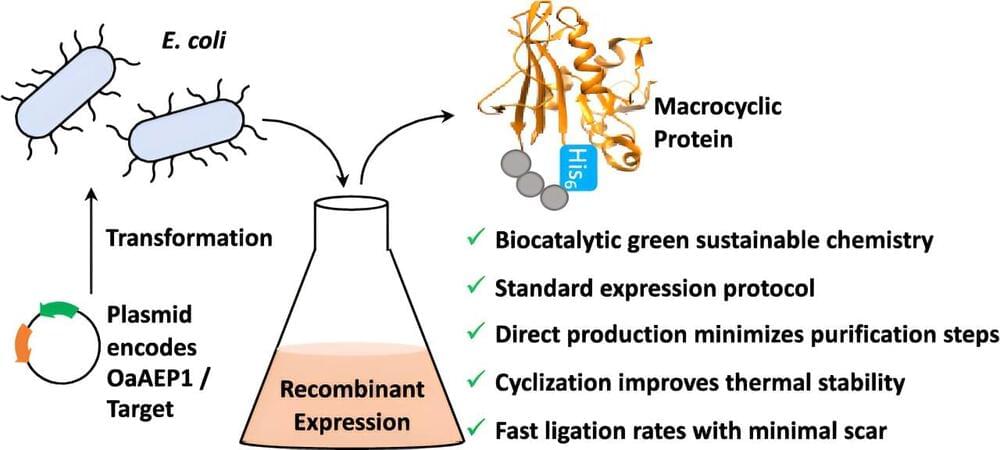
Scientists at the University of Bath have used nature as inspiration in developing a new tool that will help researchers develop new pharmaceutical treatments in a cleaner, greener, and less expensive way.
Drug treatments often work by binding to proteins involved in disease and blocking their activity, which either reduces symptoms or treats the disease.
Rather than using conventional small molecules as drugs, which are not well suited to blocking interactions between proteins, the pharmaceutical industry is now investigating the potential of making drugs using small proteins known as ‘peptides,’ which work in a similar way.

The Enabling Technologies Programme (ETP) provides opportunities for the UK space sector to accelerate the development of leading-edge technologies that could be used to tackle global problems and benefit the work of space organisations internationally.
The total government funding is £4 million — made up of £3.2 million from the UK Space Agency with £800,000 contributed by the Science and Technology Facilities Council (STFC), part of UK Research and Innovation (UKRI).
The projects from academia and industry explore how space can be used more efficiently for purposes such as weather prediction, climate-change monitoring, and space debris removal through methods of propulsion, sterilisation, in-orbit servicing, imaging, and more.

As researchers, developers, policymakers and others grapple with navigating socially beneficial advanced technology transitions — especially those associated with artificial intelligence, DNA-based technologies, and quantum technologies — there are valuable lessons to be drawn from nanotechnology. These lessons underscore an urgent need to foster collaboration, engagement and partnerships across disciplines and sectors, together with bringing together people, communities, and organizations with diverse expertise, as they work together to realize the long-term benefits of transformative technologies.
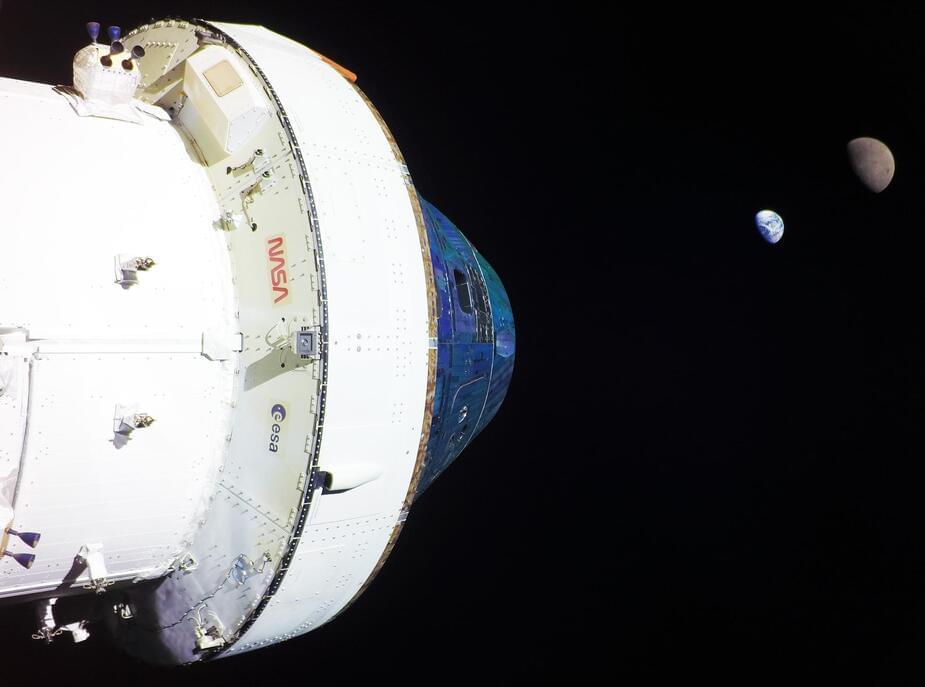
In an extraordinary feat of engineering and international collaboration, the Orion spacecraft, a part of NASA’s Artemis I mission, has achieved a remarkable milestone in space exploration. The spacecraft ventured some 267,000 miles from Earth and roughly 40,000 miles from the Moon, surpassing the distance record set by the Apollo 13 mission over half a century ago.
In this photo, the Orion capsule, along with the Earth and the Moon, appeared to be posing for a ‘family portrait.’ This iconic image marks a pivotal moment in the mission’s journey, symbolizing the culmination of years of meticulous planning and execution.
Orion’s journey from Earth began a year ago, on November 16, 2022, when NASA’s mega Moon rocket, the Space Launch System, lifted off from the Kennedy Space Center in Florida, USA. The uncrewed Orion spacecraft was placed into Earth orbit, marking the beginning of a new era in lunar exploration.
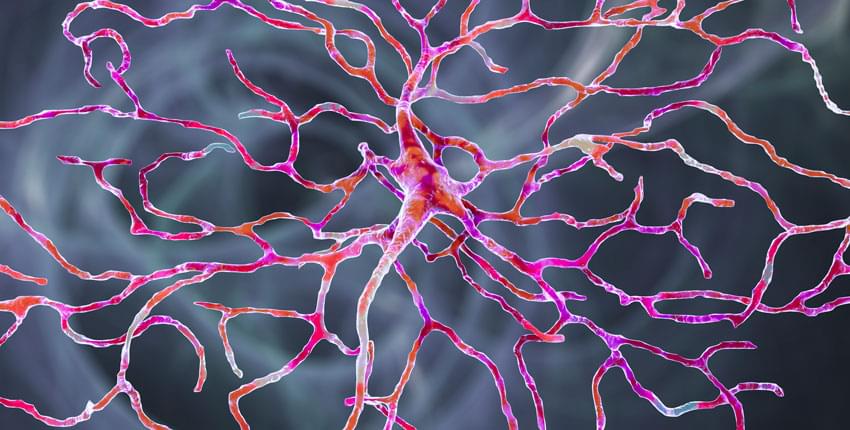
Scientists have developed a novel approach that allows stem cells to be turned into retinal ganglion cells that are capable of migrating and surviving in the eye’s retina. This approach presents a promising new treatment strategy for diseases like glaucoma, in which the loss of retinal ganglion cells caused by the disease leads to irreversible vision loss.
Glaucoma is one of the leading causes of blindness worldwide, and vision loss, due to the loss of retinal ganglion cells (RGCs), cannot currently be reversed with any treatment. Some studies have looked at replacing RGCs through cell transplants, but this process is still in the research and development stage and fraught with limitations that highlight a need for a more precise manner of effectively repopulating these cells in the retina. Now, a multidisciplinary team led by researchers at the Schepens Eye Research Institute of Mass Eye and Ear has identified a promising new strategy for glaucoma cell replacement therapy.
In their new study, researchers changed the microenvironment in the eye in a way that enabled them to take stem cells from blood and turn them into retinal ganglion cells that were capable of migrating and surviving into the eye’s retina. They conducted their study on the adult mouse retina, but the work’s implications could one day be applied to human retina, according to the researchers who published their findings November 6th in Proceedings of the National Academy of Sciences.
High-intensity interval training (HIIT) has become very popular; alternating short periods of intense anaerobic exercise with recovery periods, it is designed to help to decrease body fat, increase strength and endurance, and improve healthspan in protocols that last approximately half an hour.
But these days, even finding half an hour can be tricky – enter CAROL Bike, an exercise bike designed around Reduced Exertion HIIT (REHIT) and AI-personalization, meaning an effective workout can be delivered in just 5 minutes.
Longevity. Technology: Developed in collaboration with leading exercise researchers, CAROL Bike not only improves fitness, but increases VO₂, reduces blood pressure and decreases the risk of diabetes. Given CAROL Bike’s foundation being scientific studies, rather than just ‘feel the burn’ or ‘if it hurts, it must be working’, we were intrigued. We sat down with CAROL Bike’s cofounder and CEO Ulrich Dempfle, who leveraged his background in mechanical engineering to develop the world’s only Reduced Exertion HIIT (REHIT) bike.
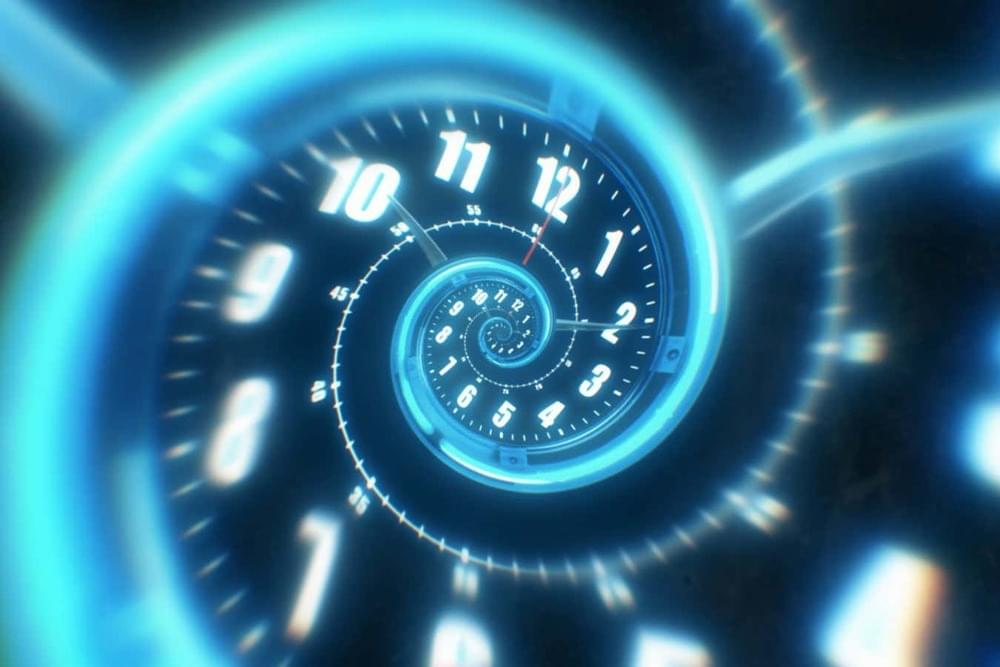
A fundamental trade-off between the resolution of a clock and its accuracy could have important implications for quantum computers, which must measure short timescales accurately.
By Alex Wilkins